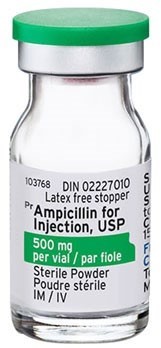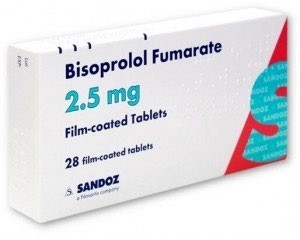An order is received for Principen (ampicillin) 25 mg/kg IV for a toddler who weighs 22 lb. The dose is to be infused over 30 minutes. The ampicillin dose arrives from the pharmacy prepared in 50 mL of solution.
How many milliliters per hour should be administered?
25 mL/hr
50 mL/hr
100 mL/hr
10 mL/hr
The Correct Answer is C
To find the milliliters per hour, you need to calculate the following:
- The patient's weight in kilograms
- The dose of Principen in milligrams
- The infusion rate in milliliters per hour using the formula: Infusion rate (mL/h) = (Total volume (mL) x Flow factor (gt/mL)) / Time (min) x 60 min/h
First, convert the patient's weight from pounds to kilograms by dividing by 2.2:
22 lb / 2.2 = 10 kg
Next, multiply the patient's weight by the dose of Principen per kilogram to get the total dose in milligrams:
10 kg x 25 mg/kg = 250 mg
Then, use the formula for infusion rate to find how many milliliters per hour the IV pump should deliver:
Infusion rate (mL/h) = (Total volume (mL) x Flow factor (gt/mL)) / Time (min) x 60 min/h
Since the medication is prepared in 50 mL of solution and the infusion time is 30 minutes, plug in these values into the formula:
Infusion rate (mL/h) = (50 mL x 1 gt/mL) / 30 min x 60 min/h
Simplify and solve for the infusion rate:
Infusion rate (mL/h) = 100 mL/h
Therefore, the nurse should administer **100 mL/h** to infuse Principen 250 mg over 30 minutes.

Nursing Test Bank
Naxlex Comprehensive Predictor Exams
Related Questions
Correct Answer is A
Explanation
The nurse should administer 0.35 mcg of medication to the infant.
This answer is correct because it is based on a simple multiplication calculation. The nurse should multiply the prescribed dose per kilogram by the infant's weight in kilograms to get the total dose in micrograms, as follows:
0.05 mcg/kg x 7 kg = 0.35 mcg
Therefore, the nurse should administer 0.35 mcg of medication to the infant.
Correct Answer is C
Explanation
The instruction that should be given to this client for the effective management of hypertension is to take
**five tablets** of bisoprolol per day, each containing 100 mg.
This is because the new order of 500 mg of bisoprolol per day is twice as much as the current dose of 250 mg of bisoprolol per day (two and a half tablets of 100 mg each). Therefore, the client needs to double the number of tablets they take per day from two and a half to five.

Whether you are a student looking to ace your exams or a practicing nurse seeking to enhance your expertise , our nursing education contents will empower you with the confidence and competence to make a difference in the lives of patients and become a respected leader in the healthcare field.
Visit Naxlex, invest in your future and unlock endless possibilities with our unparalleled nursing education contents today
Report Wrong Answer on the Current Question
Do you disagree with the answer? If yes, what is your expected answer? Explain.
Kindly be descriptive with the issue you are facing.
